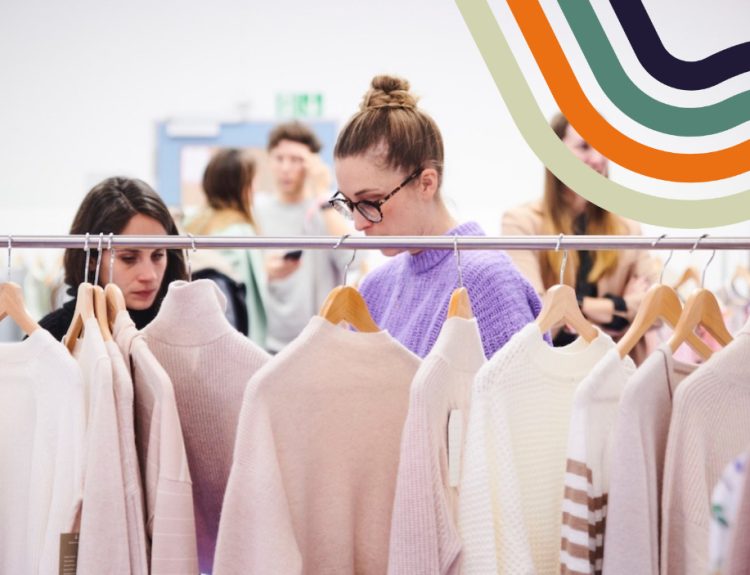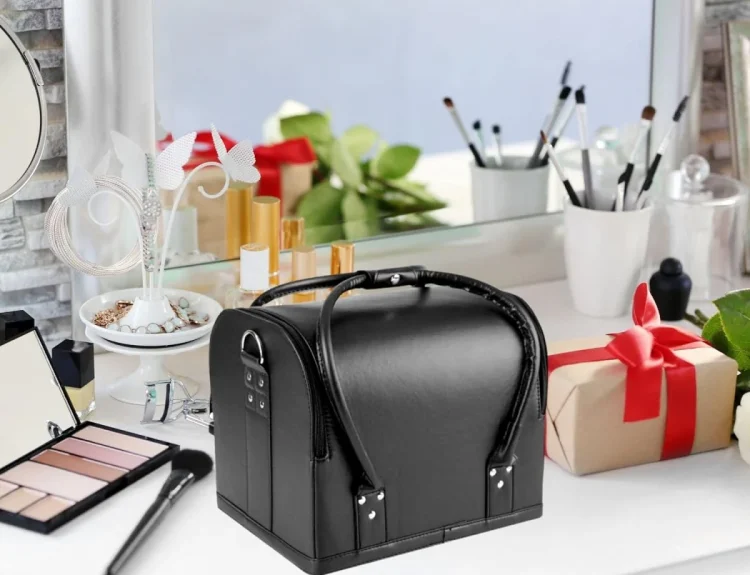Jewelry has always been more than a decorative accessory—it’s a reflection of identity, heritage, craftsmanship, and emotion. From ancient civilizations to the modern fashion industry, jewelry continues to evolve while maintaining its intrinsic symbolism and artistry. The jewelry industry today represents a harmonious blend of tradition and innovation, merging centuries-old techniques with cutting-edge technology and sustainable practices. Whether it’s a hand-cut diamond ring, an intricate gold necklace, or minimalist silver earrings, every piece tells a story that transcends time and culture.
The Historical Significance of Jewelry
Jewelry dates back over 100,000 years, serving not only as adornment but also as a symbol of power, wealth, spirituality, and love. Early jewelry was crafted from shells, bones, and stones before evolving into elaborate pieces made of gold, silver, and precious gems. In ancient Egypt, for instance, jewelry was deeply tied to status and protection—pharaohs adorned themselves with lapis lazuli and turquoise to signify divine favor. Similarly, in ancient Rome, gold jewelry indicated social rank, while gemstones symbolized strength, health, and courage. The cultural importance of jewelry remains visible today, as many communities continue to use it in ceremonies, marriages, and festivals. Whether as a talisman, heirloom, or expression of self, jewelry carries meanings that go far beyond appearance.
The Craftsmanship Behind Fine Jewelry
Craftsmanship is at the heart of fine jewelry, where design, skill, and precision unite to produce timeless pieces. Each jewel passes through the hands of artisans who specialize in techniques such as metalworking, stone setting, engraving, and polishing. A master jeweler must possess both technical proficiency and creative vision to transform raw materials into wearable art. The process begins with conceptual sketches and 3D models, followed by casting the metal and setting the stones. High-end jewelry houses still rely on hand-finishing, which ensures every curve and surface meets perfection. The brilliance of a diamond or the smooth texture of a gold chain isn’t just a product of material quality—it’s the result of hundreds of meticulous hours spent refining every detail.
The Rise of Artisanal and Custom Jewelry
The modern jewelry market has seen a resurgence of artisanal craftsmanship and bespoke creations. Consumers increasingly value pieces that carry a personal narrative rather than mass-produced designs. Custom jewelry allows individuals to participate in the creative process—selecting gemstones, metal types, and engraving messages that hold emotional significance. This shift toward individuality has fueled a renaissance in small-scale studios and independent designers who emphasize authenticity and artistry. Jewelry customization isn’t limited to luxury markets either; it’s becoming a common way for people to mark milestones like engagements, anniversaries, or achievements.
Materials That Define Jewelry’s Value
The allure and worth of jewelry are determined largely by the materials used. Precious metals and gemstones not only dictate the piece’s aesthetic but also its durability and market value.
Precious Metals
- Gold: The most enduring metal in jewelry making, known for its luster, malleability, and resistance to tarnish. Gold comes in various purities (karats) and colors—yellow, white, and rose—created by mixing it with other alloys like silver, copper, and palladium.
- Silver: Favored for its affordability and sleek appearance, sterling silver remains a popular choice for both contemporary and traditional jewelry.
- Platinum: Renowned for its strength and rarity, platinum is a premium choice for engagement rings and luxury pieces due to its hypoallergenic nature and resistance to wear.
Gemstones
Gemstones add color, brilliance, and emotion to jewelry. Diamonds remain the most sought-after stone due to their unmatched hardness and sparkle, while colored gems like sapphires, emeralds, and rubies each hold symbolic meanings. For instance, sapphires represent wisdom and loyalty, emeralds embody renewal, and rubies stand for passion. The modern era has also welcomed ethically sourced and lab-grown gemstones, offering beauty without compromising sustainability.
Modern Trends in Jewelry Design
Today’s jewelry trends reflect a fusion of innovation, sustainability, and individuality. Consumers are no longer confined to conventional luxury; instead, they seek meaning, transparency, and uniqueness in every piece.
Sustainable and Ethical Jewelry
As awareness of environmental and ethical issues grows, sustainability has become a defining factor in the jewelry industry. Brands are adopting responsible sourcing methods, using recycled metals, and prioritizing conflict-free stones. Jewelry made from lab-grown diamonds has gained widespread popularity due to its eco-friendly production process and identical optical qualities to natural diamonds. These sustainable practices not only appeal to conscious consumers but also set a new standard for accountability within the luxury market.
Minimalist and Contemporary Styles
Minimalism continues to dominate the fashion scene. Modern jewelry often emphasizes simplicity, geometry, and versatility. Sleek gold hoops, dainty chains, and stackable rings have become staples for everyday wear. The beauty of minimalist design lies in its ability to complement diverse styles without overpowering them. This trend aligns with the modern lifestyle—functional, elegant, and effortlessly expressive.
Gender-Neutral and Inclusive Designs
The concept of gendered jewelry is rapidly fading. Designers are embracing fluidity by creating pieces that appeal to all identities. Chunky chains, mixed metals, and unisex rings symbolize a cultural shift toward inclusivity and self-expression. Jewelry has evolved from being an accessory to a statement of individuality—unbounded by gender or tradition.
Technology’s Role in Shaping the Future of Jewelry
Technology has transformed how jewelry is designed, manufactured, and sold. Computer-Aided Design (CAD) enables jewelers to create precise digital prototypes, ensuring flawless results before production. 3D printing technology allows for rapid prototyping and experimentation with complex structures that would be impossible to craft by hand. In addition, blockchain is now used for verifying gemstone authenticity and tracking supply chains, enhancing consumer confidence and transparency. Virtual try-on features using augmented reality have also revolutionized online jewelry shopping, allowing customers to visualize how pieces look on them before making a purchase.
Emotional and Symbolic Value of Jewelry
Beyond aesthetics and material value, jewelry holds deep emotional meaning. Engagement rings symbolize eternal love, while heirloom pieces carry generational stories. Many people wear jewelry as a form of protection or self-expression—whether it’s a cross pendant, a birthstone ring, or a charm bracelet representing milestones. The emotional bond attached to jewelry gives it a sense of permanence and sentiment that few other possessions can match.
The Economic and Cultural Impact of Jewelry
Jewelry plays a significant role in global economics and culture. The jewelry market generates billions annually, supporting miners, craftsmen, designers, and retailers worldwide. It also serves as a bridge between tradition and modernity, connecting people through shared artistry and cultural heritage. For example, Indian bridal jewelry is deeply rooted in rituals and symbolism, while Scandinavian silverwork reflects minimalist elegance inspired by nature. Jewelry is more than commerce—it’s an art form that embodies history, innovation, and identity.
How to Care for Your Jewelry
Proper care ensures that jewelry maintains its brilliance for generations. Simple yet consistent maintenance can protect against tarnish, scratches, and wear.
- Regular Cleaning: Use mild soap and a soft brush to remove dirt and oils. Avoid harsh chemicals that can damage delicate stones or finishes.
- Storage: Keep jewelry in soft pouches or lined boxes to prevent scratches and tangling.
- Professional Inspection: Have settings and clasps checked periodically to prevent gemstone loss.
- Avoid Exposure: Remove jewelry before swimming, exercising, or applying cosmetics, as chemicals and moisture can dull its shine.
FAQs About Jewelry
1. What is the difference between fine jewelry and fashion jewelry?
Fine jewelry is crafted from precious metals like gold, silver, and platinum and often features genuine gemstones. Fashion jewelry, also known as costume jewelry, uses base metals and synthetic stones, offering affordability and style versatility.
2. Are lab-grown diamonds real diamonds?
Yes, lab-grown diamonds are chemically and physically identical to natural diamonds. They are created under controlled conditions that replicate the natural diamond formation process, making them an ethical and sustainable alternative.
3. How do I know if my jewelry is ethically sourced?
Look for certifications or transparency from brands regarding their sourcing practices. Reputable jewelers provide information about conflict-free diamonds and recycled materials.
4. What are the current trends in jewelry design?
Current trends include minimalist gold pieces, sustainable jewelry, gemstone stacking rings, and gender-neutral designs that emphasize individuality.
5. How can I preserve antique or heirloom jewelry?
Store antique pieces separately, avoid direct sunlight, and have them professionally cleaned and appraised. Preservation ensures that the historical and sentimental value remains intact.
Jewelry is not merely an ornament—it is a timeless expression of beauty, heritage, and identity. As technology advances and values shift toward sustainability, the jewelry world continues to redefine what elegance and craftsmanship mean in the modern era.







